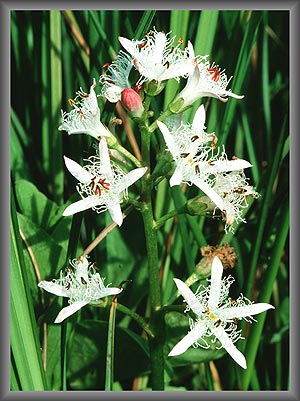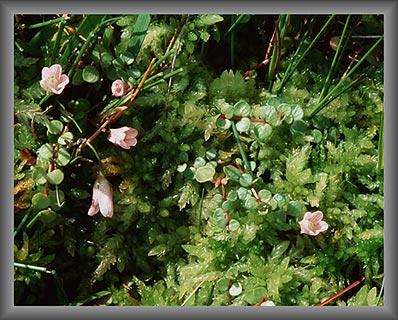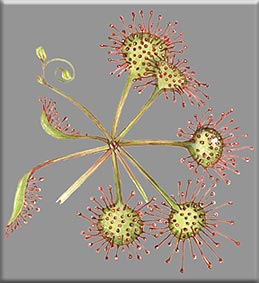At least from the floristic perspective, Lake Sibolla must be considered the most important complete biotope in Tuscany.
"Relict" plants from both the Quaternary and Tertiary can still be found there, that have survived the Ice Ages and subsequent climatic changes which followed in the course of the last tens of thousands of years.
The "floating islands" of peat covered with sphagnum (a type of moss or Nordic origins found in the "tundra" and belonging to the genus Sphagnum), the delicate carnivorous plants belonging to the genera Drosera (sundews), Aldrovanda (water wheel plants) and Utricularia (bladderworts) (whose occurrence however has not been confirmed in the most recent surveys) and the distribution of typical "vegetation belts" all make this a special and unique habitat in Europe.
The marsh is prevalently covered with "Magna-sedge beds", composed of helophytes belonging to the genus Carex.
These sedge beds are particularly important because they may be considered a plant relict reflecting microthermic characters of central-European origin but also because they offer shelter to several very rare botanical species such as the Southern Bladderwort (Utricularia australis), Frogbit (Hydrocharis morsus-ranae), Water Violet ( Hottonia palustris) Marsh Bedstraw ( Galium palustre) and Milk Parsley (Peucedanum palustre).
In the middle of the sphagnum bog, which can reach up to several tens of centimetres in depth, the sphagnum moss is practically totally soaked with water so that it creates a microclimate which allows species with very different ecological needs to survive together.
Some are relicts from the Ice Age such as the Common Sundew (Drosera rotundifolia), Marsh Thistle (Cirsium palustre), Bogbean (Menyanthes trifoliata), Bog Pimpernel (Anagallis tenella) and White Beak-Sedge (Rhynchospora alba), others are thermophilous plants of pre-Ice Age Pliocene or post-Ice-Age Atlantic origin, i.e. the Royal Fern (Osmunda regalis), Marsh Fern (Thelypteris palustris), Bog Pondweed (Potamogeton polygonifolius), Marsh Pennywort (Hydrocotyle vulgaris) and the St John'sWort (Hypericum mutilum).
The centre of the lake was occupied by the "lamineto", with White (Nymphaea alba) and Yellow Water-lilies (Nuphar lutea) of which some of their progenies still survive today.






